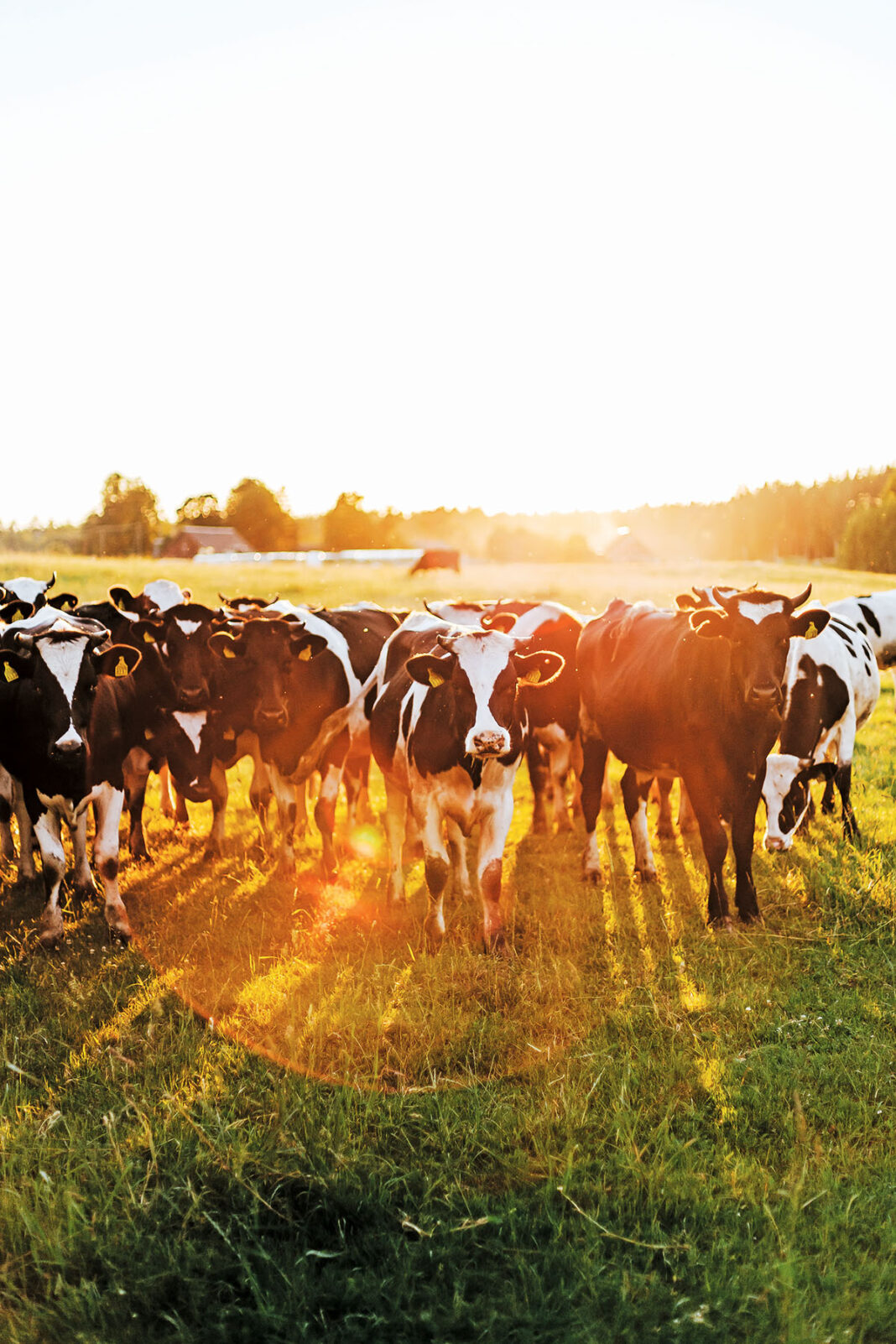The Australian Bureau of Statistics (ABS) has recently released regional flock and herd data for the 2021 financial year.
According to the ABS, there were 24.4 million cattle (dairy and beef) in Australia in 2021.
CATTLE
The breakdown of these numbers by state is as follows:
Queensland: 10.7 million head (44%)
• NSW: 4.4 million head (18%)
• Victoria: 3.6 million head (15%)
• SA: 1 million head (4%)
• WA: 2.1 million head (9%)
• NT: 1.7 million head (7%)
• Tasmania: 800,000 head (3%).
On a region basis, the Fitzroy Basin was the area with the most cattle in Australia, totalling 2523,546 head – more than all other states except NSW and Victoria.
The second, third, fourth and fifth biggest cattle regions were:
• NT (1,726,982 head)
• Desert Channels (1,357,692)
• North Queensland’s Dry Tropics (1,249,796 head)
• The WA rangelands (1,226,061).
Sheep
From a sheep perspective, the distribution of animals was far more equitable with the five biggest regions spread across four different states.
According to the ABS, there were 68 million sheep in Australia in 2021.
By state, they are:
Queensland: 2.1 million head (3%)
• NSW: 24.7 million head (36%)
• Victoria: 15.4 million head (23%)
• SA: 10.8 million head (16%)
• WA: 12.7 million head (19%)
• Tasmania: 2.4 million head (3%)
There are more sheep in NSW than there are cattle in the whole of Australia.
Queensland has the least sheep of any state or territory, yet it has the most animals overall.
On a region basis the Glenelg Hopkins was the area with the most sheep in Australia, totalling 5,771,394 head – more than Queensland and Tasmania combined.
It was followed by the NSW Riverina (5,450,775) and central west regions (4,605,928), WA’s wheatbelt (4,003,834) and SA’s South East (3,902,768).




